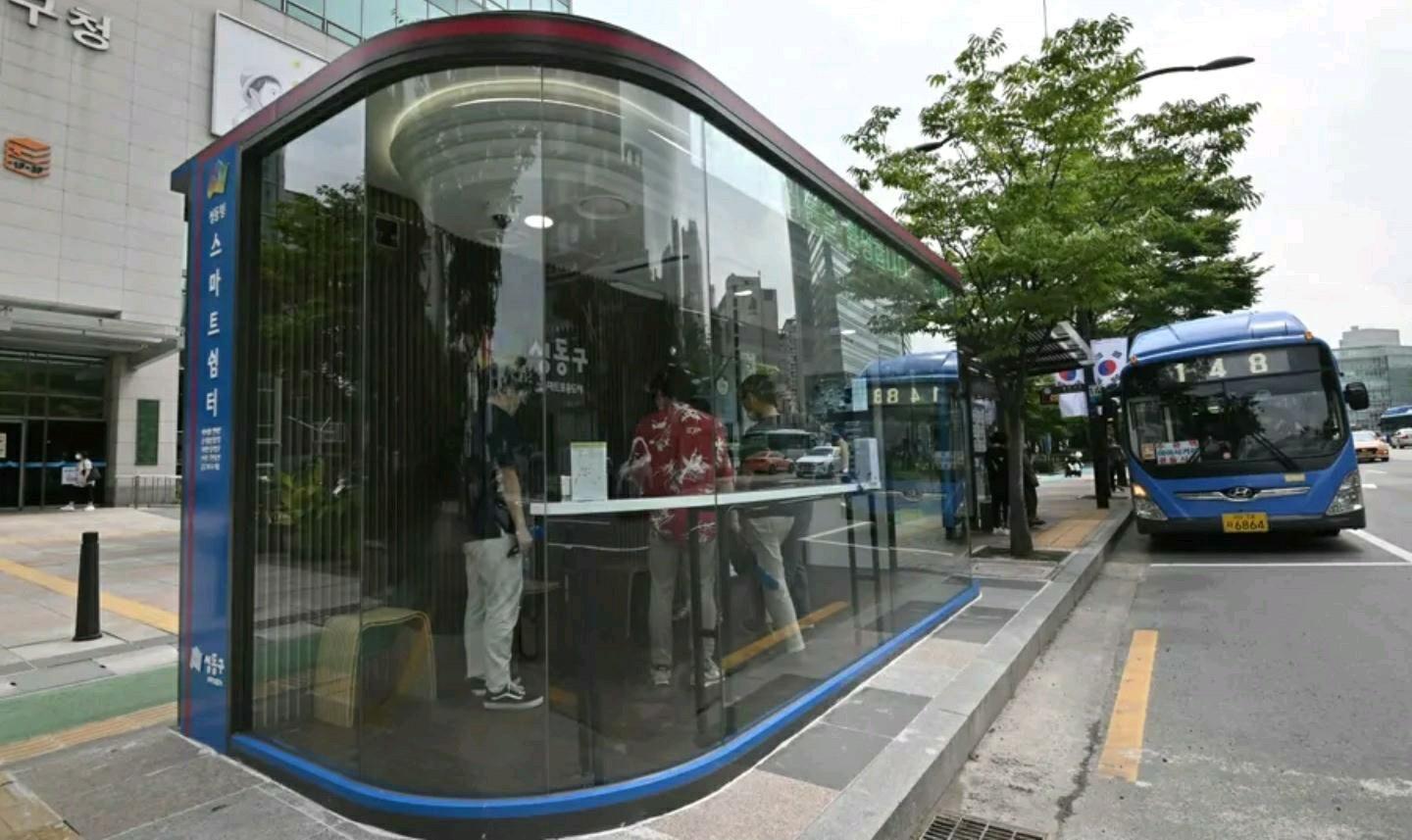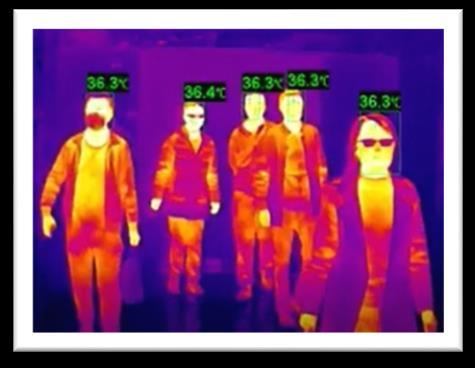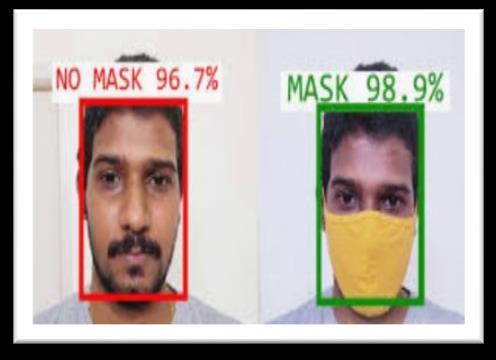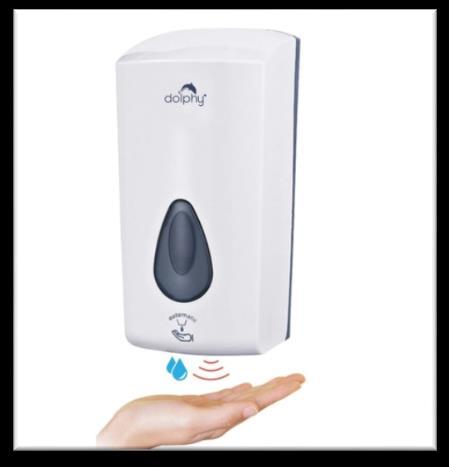
8 minute read
Need for Technology Intervention Post Covid19 in Public Transport Buses
Dr. Amudhan Valavan Public Transport Expert
Dr. Amudhan Valavan possess over 26 years of experience in Public Transport and Urban Mobility related fields since 1993. From 2016, he has worked as an Independent consultant and Adviser to leading Companies like Thriveni Earthmovers, Thriveni Sainik and also RTA, Dubai and KPTC, Kuwait etc. on several technical assistance and training projects in India & the Middle-East and managed a number of projects involving numerous experts and multi-disciplinary teams.
Advertisement
Need for Technolog y Intervention Post Covid19 in Public Transport Buses
COVID-19 has forever changed the experience of being a customer, an employee, a citizen and a human. The impact of COVID-19 on our society and economy is unprecedented. The pandemic has forced enterprises to reconsider their work practices and adjust them to the current situation with COVID-19. However, there are companies that reap benefits by employing IoT applications in this period of turmoil.
A broad array of devices and software allows us to operate and respond to this crisis in a way that would have been impossible in the past. Such technologies as Internet of Things are helping companies and governments to solve unique challenges posed by coronavirus. With every industry affected by COVID19, the amount of potential effective applications designed for specific business areas are rising, with IoT leading the tech race. The main business segments that can reap most benefits from IoT systems in this time are Transport, Healthcare, Agriculture, and Retail. The major area that is currently embracing numerous IoT solutions in order to ease the burden for its transport workers as well as to promptly provide needed mobility service to the public.
Regaining public trust
This has had a very serious impact also on the public transport sector. Big worries are now also related to the so-called “reopening” phase. There will be a lack of trust from users, due to the complexity of ensuring safe social distancing. The pandemic has forced enterprises to reconsider their work practices and adjust them to the current situation with COVID-19.The pandemic has dealt a blow to public transportation but has triggered debate around how to adapt services to new mobility patterns. COVID-19 impacted public transport during the first wave of the epidemic, causing ridership to plummet due to both the government-imposed lockdown and travellers’ fears of crowded environments where the virus can easily be transmitted. Transport providers quickly implemented measures to reassure passengers on the health and safety aspect. Some operators were quick to introduce contactless payment and validation solutions to reassure passengers and prevent infection.
The whole world came to a halt with the medical field experiencing great pressure to help humanity fight COVID-19. Not just transport, almost every business activity faced huge losses in these hard times. But it is only prudent to always take such hardship moments as lessons and prepare a fail-proof system for the future. The Public Transport must now focus on leveraging technology to create a more efficient and better transport system. All the technologies that I speak about are already in existence. The problem is, they are not implemented in a combined manner. You can see contactless ticketing in one part of the world but social distancing is not implemented. In another place, CCTV based monitoring alone is existent for safety purposes. And in other parts of the world, there is zero technological intervention in the transport sector.
Since the lockdown 98% services were brought to a halt just to curb the spread of the virus and this has resulted in major economic loss to the whole transportation field. And also, people have resorted to personal vehicles. This will lead to traffic congestion and more pollution. Now it is impossible to quickly resume all process. The growth is stunned. We see busses running with very few people on board. Most of the transport activities have resumed, but social distancing is just inked in the papers of the policies and law books. It has not been implemented strictly.
According to Source from World Bank –UITP Survey in May 27th, 2020, the Operational Impact of Lockdown in Public Transport is :
• Only 1-2% of normal services are operational overall • 67% of operators are only operating special services for medical and essential personnel in response to government requests • 81% of the Operators reported no ridership at all, while the rest witnessed a 90% reduction in ridership • In cases where private operators were contracted by the government to provide public transport services, 60% of them have experienced a delay in payment
But, the average occupancy Ratio per Bus after COVID -19, is drastically come down to 30% globally
But with such modern technologies in the world, do we really have to face such a strict and cruel lockdown as this. Let’s explore all the ways in which we can better face the situation. COVID-19 is an airborne virus. It spreads through air. So masks are the first measure to prevent its spread. Maintaining a distance (aka) social distancing is the second importation rule to be followed. But there is no way to strictly implement these two yet. An automated computer intelligence monitoring all activities and issuing instant fines for violators can only bring real change. The Passengers attitudes towards the Public Transport after COVID-19 are:
• Usage of Personal Vehicles has increased drastically • Procurement of Compact New Vehicles shot up in the year2020 • General attitude towards lack of sanitation • Low Buses on road leading to lower availability & accessibility • Mysterious Nature of COVID -19 has induced fear among the general public to travel using Public Transport. In Korea, bus shelters are modified and are now fitted with air sterilisers that constantly filter air of any diseases or viruses. These shelters are smart in a way they are equipped with CCTV cameras and thermal cameras that can scan for PPEs on humans and also constantly measure their temperatures. People with high temperatures shall be notified and not allowed entry into the shelter. They are also equipped with smart display that is connected with the incoming bus to that station. It shows details of the seat vacancy and eta of the bus. This has ensured safety in this pandemic period and restored trust among the general public in Korea to use the public transport system.
In China, they have developed a device that has a camera, both - normal and thermal, which dynamically monitor people's temperature and check if they are wearing the Masks and other necessary PPE correctly. It warns the driver of any violations. If there is a violation, the device accesses the identity of that person and issue a warning. If the warning is not taken seriously then repeated offenders can be fined or suitable action can be taken. This intelligent IoT connected device can perform activities beyond just checking PPE and temperature.


They can also collect data about a person’s travel time and automatically deduct fare based on that information. A cloud system can thus be setup and a smart transport system can be established making mundane manual ticket booking and managing process effortless. This also ensures that people will pay only for the amount of service they use ( i.e. only for the travel time). They can also collect data about a person’s travel time and automatically deduct fare based on that information. A cloud system can thus be setup and a smart transport system can be established making mundane manual ticket booking and managing process effortless. This also ensures that people will pay only for for the travel time). After COVID-19, the Public Transport needs the technology intervention for Efficient Operation now. Fortunately, we live in the era of sophisticated digital technologies. A broad array of devices and software allows us to operate and respond to this crisis in a way that would have been impossible in the past. Such technologies as Artificial Intelligence, Extended Reality, Data Analytics and Internet of Things are helping companies and governments to solve unique challenges posed by COVID-19.

With such an integrated system, governments can now monitor people movements and establish strict social distancing rules. Medical history of individuals can be made available and be linked with the Individual identification number to closely monitor infected people or people recovering from COVID-19. This can highly curb the spread of viruses. Transport facilities empowered with this data can now prevent infected people from using public transport. When such a system is implemented, the trust in public transport can be restored among the general public. Other technologies like CCTV based monitoring inside buses can be used to effectively to implement social distancing inside closed spaces. Implementing safety features need not be used only for COVID-19 safety. Once a connected system is established the data can be sent to various government departments and can be used effectively to predict service needs and at times of emergency to take timely measures. The technological interventions that I am proposing to be implemented are long term visions. They are not just a gateway to fight COVID-19, but also a gateway to a smart future. Once city up, it will revolutionize not just the transport sector but every aspect that can contribute to a government takes measures to implement smart technologies. Only this course of action is a futuristic and logical way to resume daily life. Initial investments and implementation do take a lot of time and resources, but this technology accelerates
the amount of service they use ( i.e. only

nation’s growth .It is imperative that the the growth many folds.











